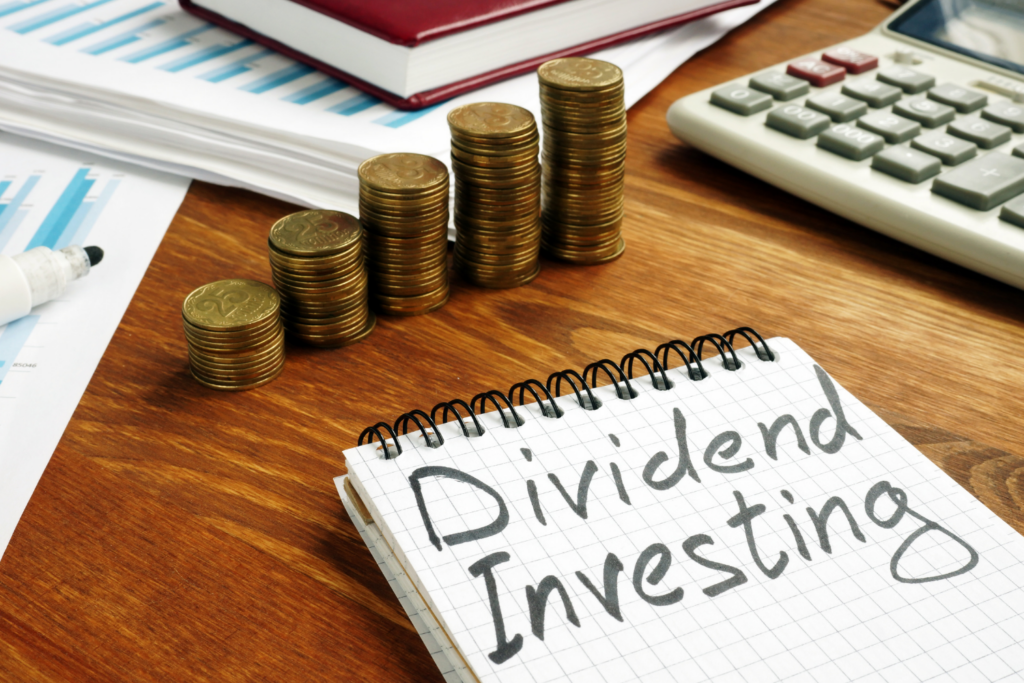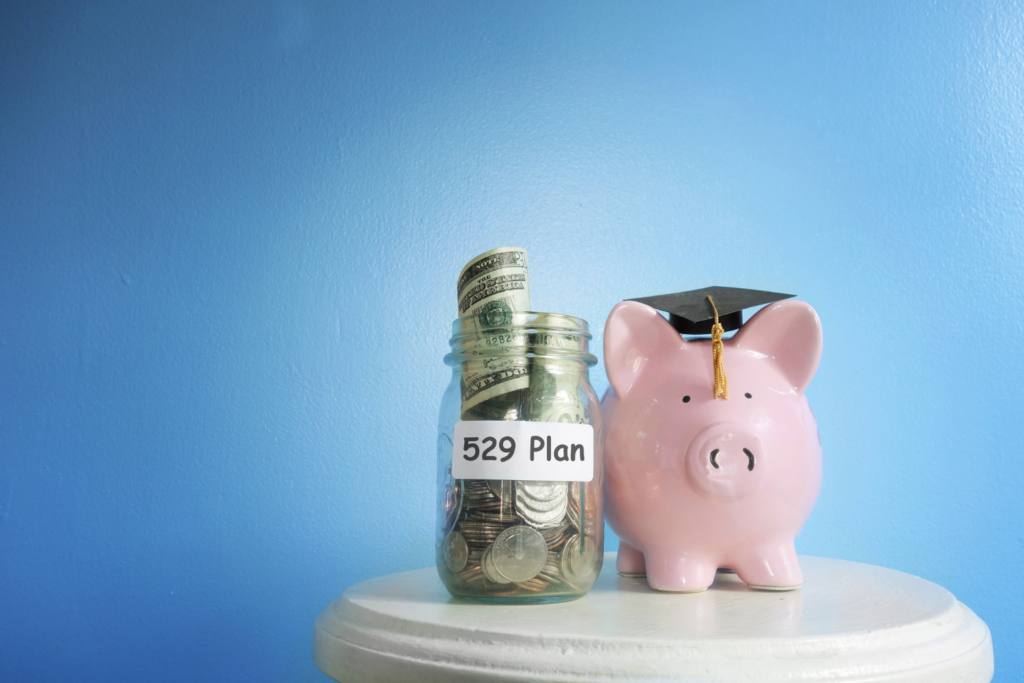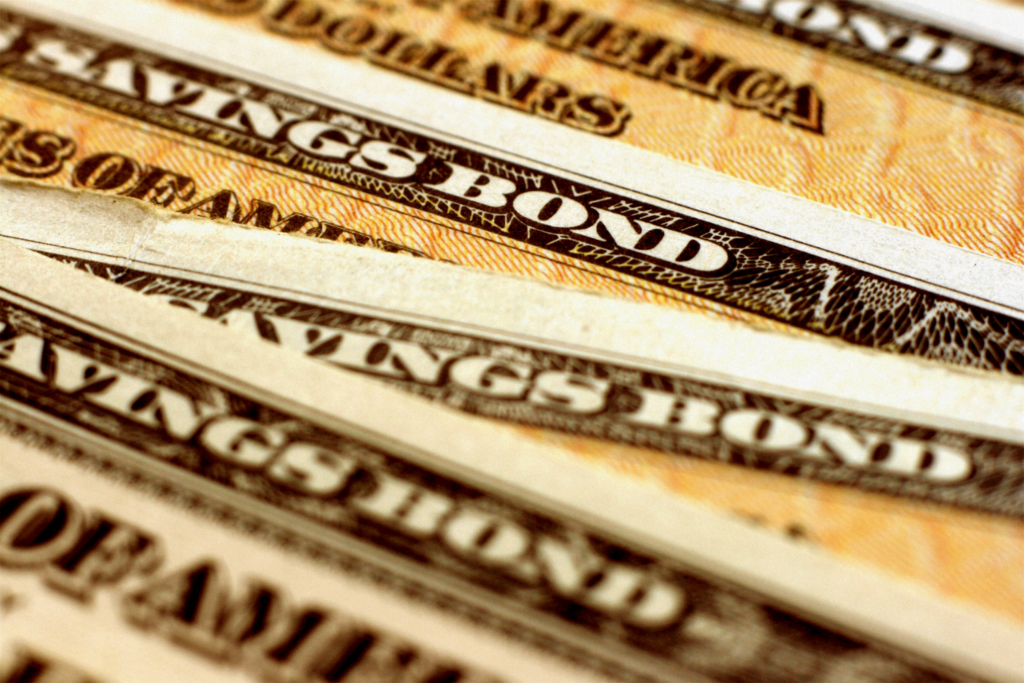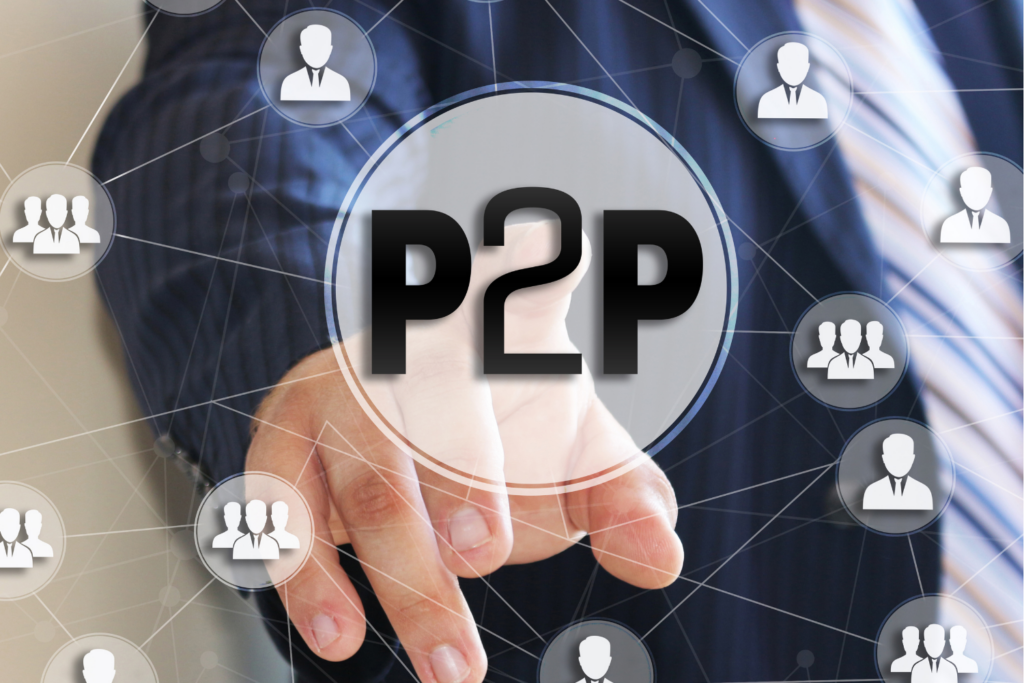
Dividend investing is one of the smartest and most lucrative ways to invest your money. By reinvesting your dividends, you can quickly grow your investment portfolio without having to put any additional money down. And, over time, the compounding effects of reinvesting will create a significant difference in the value of your portfolio.
If you’re new to dividend investing, the process may seem daunting. But don’t worry – it’s actually quite simple. In this article, we’ll walk you through everything you need to know about dividend investing, from the basics of how it works to specific strategies for success.
Here’s what we’ll cover:
- What is dividend investing?
- The benefits of dividend investing.
- How to get started with dividend investing.
- Dividend Investing Strategies.
So let’s get started!
Contents
What is Dividend Investing?
Dividend investing is a strategy in which investors seek out stocks that pay regular cash dividends. These dividend payments can provide a source of income, as well as the potential for capital gains if the stock price increases.
Dividend investing is a great way to build your wealth over time. By reinvesting your dividends, you can compound your returns and grow your portfolio at an accelerated rate.
Types of Dividends
There are two main types of dividends:
Cash dividends
Cash dividends are paid out in cash from the company’s earnings and are usually distributed quarterly.
Stock dividends
Stock dividends are paid out in additional shares of stock, rather than cash. They’re often used to reward shareholders or to offset a decrease in the stock price.
Other dividend types
There are other types of dividends that are not as common as the above such as:
- Property dividends: These are paid out in assets, such as real estate or patents.
- Residual dividends: These are paid out after the company has liquidated its assets and is no longer in business.
- Scrip dividends: This is an IOU from the company that states you will be paid a dividend in cash at a later date.
- Liquidating dividends: This is a dividend that is paid out of the company’s assets, rather than its earnings.
- Qualified dividends: These are dividends that meet certain criteria and are subject to lower tax rates than other types of dividends.
- Special dividends: These are one-time dividends that are often paid out of the company’s earnings.
- Interim dividends: These are dividends that are paid before the company’s annual shareholders’ meeting.
- Final dividends: These are dividends that are declared at the company’s annual shareholders’ meeting and are usually paid out after the company’s fiscal year-end.
- Preferred dividends: These are dividends that are paid to shareholders of preferred stock. They have priority over common stock dividends and are usually paid before common dividends.
- Patronage dividends: These are dividends that are paid out to members of a cooperative, based on their business with the cooperative
Benefits of Dividend Investing
There are several key benefits to dividend investing:
Passive income
Dividend payments can provide a source of passive income, which can be helpful in retirement planning.
Capital gains potential
If the stock price increases, investors may see capital gains in addition to the dividend payments.
Reinvestment potential
Many investors choose to reinvest their dividends, which can compound returns over time.
Portfolio Diversification
Dividends can help to diversify a portfolio and reduce overall risk.
Now that we’ve covered the basics of what dividend investing is and some of the key benefits, let’s take a look at how you can get started.
How to Get Started with Dividend Investing
If you’re interested in dividend investing, there are a few things you’ll need to do to get started:
Open a brokerage account
You’ll need a brokerage account in order to buy and sell stocks. If you don’t have one already, you can open an account with any major online broker.
Do your research
Once you have a brokerage account set up, it’s time to start doing some research. Look for companies that have strong fundamentals and a history of paying out dividends. You can use sites like Yahoo Finance or Google Finance to find this information.
Decide how much to invest
Once you’ve found some good candidates, it’s time to decide how much to invest. As with any investment, it’s important to diversify your portfolio and not put all your eggs in one basket.
Start investing
Once you’ve done your research and decided how much to invest, it’s time to start buying stocks! Remember to keep an eye on the dividend payments and reinvest them if you can.
Dividend Investing Strategies
There are a few different strategies that investors use when dividend investing.
Dollar-Cost Averaging
The most common is called dollar-cost averaging, which involves investing a fixed amount of money into a stock or ETF on a regular basis. This helps to smooth out any price fluctuations and reduce overall risk.
Value Averaging
Another popular strategy is called value averaging, which involves investing more money into a stock when the price is low and less money when the price is high. This helps to buy more shares when they’re cheap and fewer shares when they’re expensive.
Dividend Growth Strategy
Finally, there’s the dividend growth strategy, which involves investing in companies that have a history of increasing their dividends over time. This can provide investors with a growing stream of income as well as the potential for capital gains.
Whichever strategy you choose, remember to keep your goals in mind and stick to a diversified portfolio. Dividend investing can be a great way to build long-term wealth, but it’s important to do your research and stay disciplined. With these tips in mind, you’ll be on your way to a successful dividend investing strategy.
Reinvesting Your Dividends
One of the smartest things that you can do as a dividend investor is to reinvest your dividends. By reinvesting your dividends, you are essentially buying more shares in the company, which will help you to build your investment portfolio more quickly.
And, over time, the compounding effects of reinvesting will create a significant difference in the value of your portfolio.
For example, let’s say you invest $1,000 and you want to reinvest any dividends. Assuming a stock pays a 3% annual dividend rate, that would be $30 in revenue from dividends each year. If you reinvested this dividend every year for the next 10 years, the total value of your investment after 10 years would be $1479.60 – an increase of 47.96%!
As you can see from this example, over time, the compounding effects of reinvesting your dividends can have a significant impact on the value of your investment portfolio.
Dividend Investing FAQs
Here are some frequently asked questions about dividend investing.
What is a Dividend?
A dividend is a distribution of a portion of a company’s earnings, decided by the board of directors, to a class of its shareholders. Dividends are usually paid out quarterly (every three months).
How Do Dividends Work?
When you own shares in a company that pays dividends, you are entitled to receive those payments. The amount of each dividend payment is generally proportional to the number of shares that you own. For example, let’s say Company XYZ is paying a $0.50 per share dividend and you own 100 shares. You would therefore receive $50 in dividends (100 x $0.50 = $50).
What is Compound Interest?
Compound interest is the interest that accrues on an investment or loan as a result of reinvesting the original principal plus any previously accumulated interest. This type of interest allows investors to earn a return on their investment without having to put any additional money down. Over time, the compounding effects of reinvesting can create a significant difference in the value of your portfolio.
Why Should You Invest in Dividends?
There are several reasons why dividend investing is such a smart move.
First of all, when you invest in dividend-paying stocks, you are essentially getting paid to wait. And, as we all know, time is money.
Secondly, dividend payments can help to smooth out the ups and downs of the stock market. For example, let’s say that the stock market takes a sudden and sharp downturn. If you are invested in dividend-paying stocks, you will still receive your quarterly dividend payments, which can help to offset any losses that you may have incurred.
And finally, reinvesting your dividends is one of the smartest and most efficient ways to grow your investment portfolio.
So if you’re looking for a smart way to invest your money, dividend investing is definitely worth considering.
What Is The Difference Between Preferred and Special Dividends?
The board of directors of a company declares dividends. A dividend is a distribution of the company’s earnings to shareholders. The amount of each dividend payment is generally proportional to the number of shares that you own.
Dividends are usually paid out quarterly (every three months). However, some companies may pay dividends monthly, semi-annually, or annually.
Preferred dividends are those that must be paid to preferred shareholders before any common dividends can be paid out. Special dividends are one-time payments that are not part of the regular dividend schedule.
For example, let’s say that Company XYZ has declared a $0.50 per share quarterly dividend and you own 100 shares. You would therefore receive $50 in dividends (100 x $0.50 = $50).
Now let’s say that the company also declares a special dividend of $0.25 per share. You would receive an additional $25 in dividends (100 x $0.25 = $25), for a total of $75 in dividends for the quarter.
As you can see, preferred and special dividends can add up quickly, which is why it’s important to be aware of them when you are investing in dividend-paying stocks.
What Are The Risks Of Dividend Investing?
While dividend investing has many benefits, there are also some risks to consider.
First of all, dividend payments can be reduced or even eliminated at any time by the company’s board of directors. So if you are relying on dividends for income, there is a risk that your income could be reduced or eliminated entirely.
Secondly, dividend stocks can be more volatile than non-dividend stocks. This means that they may go up and down in value more frequently and by larger amounts.
And finally, dividend investing generally requires a longer time horizon than other types of investing. This is because it can take time for the compounding effects of reinvesting to really start to add up.
So while dividend investing has many benefits, it’s important to understand the risks before you get started.
Conclusion
Dividend investing is a great way to grow your portfolio and generate income. Here are some things to keep in mind when dividend investing:
- Dividend stocks can be a great addition to any portfolio. They provide stability and income and can help diversify your holdings.
- However, not all dividend stocks are created equal. It’s important to do your research before investing in any stock and to make sure the company is healthy and has a history of paying out dividends.
- When considering dividend stocks, yield is important but it’s not the only thing to look at. You also need to consider things like the company’s payout ratio, growth potential, and valuation.
- And finally, don’t forget to reinvest your dividends! Dividend reinvesting is a great way to compound your gains and grow your portfolio even faster.
So there you have it, some things to keep in mind when dividend investing. If you’re looking for a smart and efficient way to grow your money, dividend investing is definitely worth considering. Just make sure that you understand the risks involved before you get started. Do your research, choose quality companies, and don’t forget to reinvest your dividends. Happy investing!





